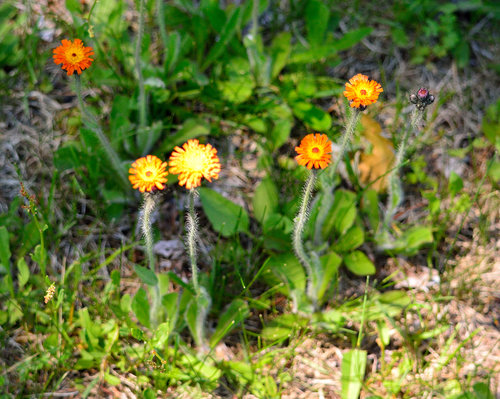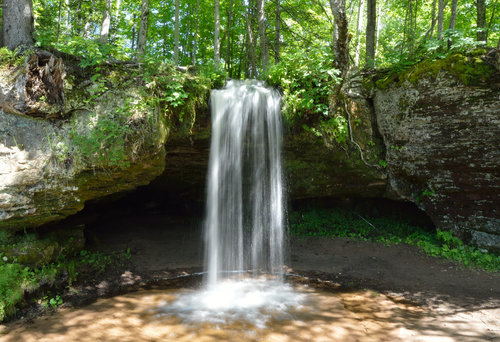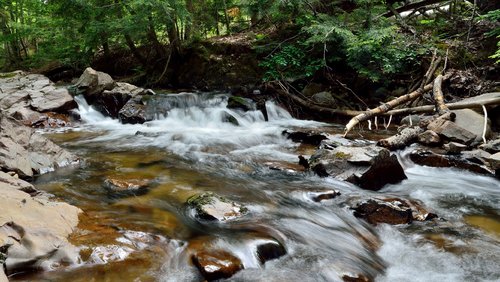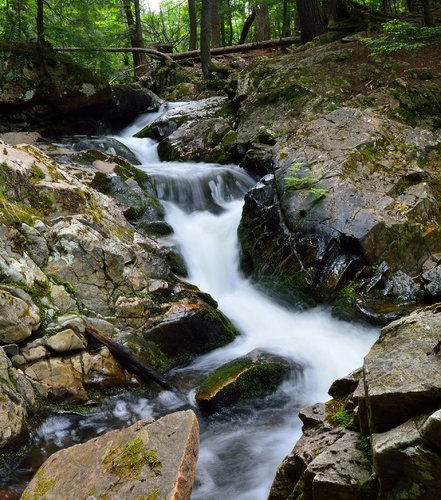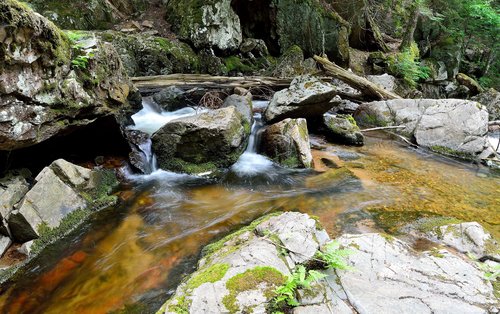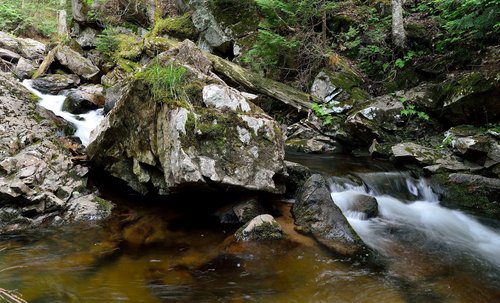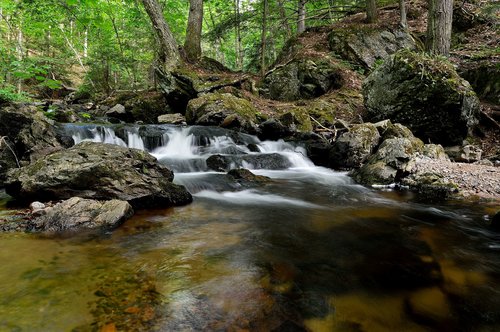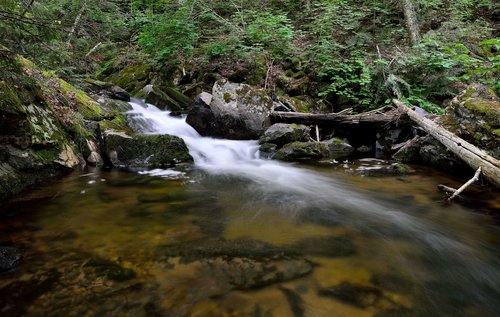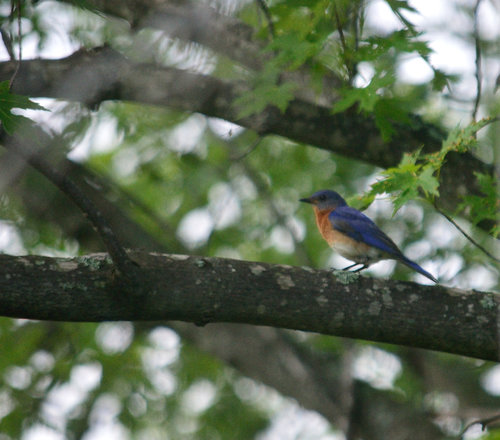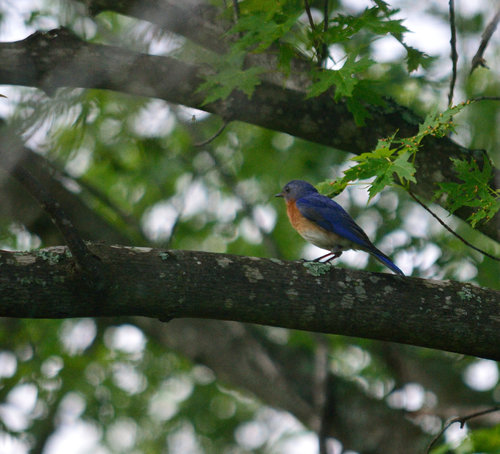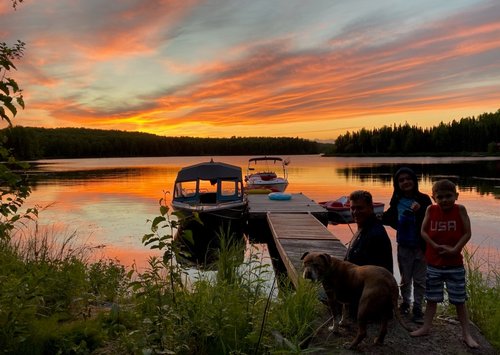Navigation
Install the app
How to install the app on iOS
Follow along with the video below to see how to install our site as a web app on your home screen.
Note: This feature may not be available in some browsers.
More options
You are using an out of date browser. It may not display this or other websites correctly.
You should upgrade or use an alternative browser.
You should upgrade or use an alternative browser.
Camera action while being outdoors enjoying the fresh air and adventure. Feel free to add yours too.
- Thread starter huronmtns
- Start date
huronmtns
Well-known member
Photos 2-5 have a lot of great color in them. Unfortunate that the plants being pollinated is a noxious weed(leafy spurge).I am not an entomologist. If there is anybody out there that wants to add some educational color to these photos please do so. Butterflies, bees, and flies, is as deep as I can take us. Wildlife with no red meat! but are beneficial as pollinators to help sustain the plants needed for our hunted game.
View attachment 142527
View attachment 142528
View attachment 142529
View attachment 142530
View attachment 142532
View attachment 142534
View attachment 142535
View attachment 142536
huronmtns
Well-known member
Thank you, I had know idea what that plant is and the impact it can have. Your reply is very educational for those that look up what leafy spurge is.
Multiple different apps out there you can get that require taking photos of plants in the field that help identify them.Thank you, I had know idea what that plant is and the impact it can have. Your reply is very educational for those that look up what leafy spurge is.
Hunting Wife
Well-known member
Looks like orange hawks beard. Never seen it in person, but it’s a noxious weed in many places. I believe it was introduced as an ornamental.Does anyone know what kind of flower these are? Botanist I am Not!
View attachment 144406
huronmtns
Well-known member
Thanks for the help on identification. With what I have run into for plant life the past ten days (poison ivy, leafy spurge, and now hawks beard), I could be considered a hazard.Looks like orange hawks beard. Never seen it in person, but it’s a noxious weed in many places. I believe it was introduced as an ornamental.
Hunting Wife
Well-known member
Well to be fair, it’s hard to NOT find spurgeThanks for the help on identification. With what I have run into for plant life the past ten days (poison ivy, leafy spurge, and now hawks beard), I could be considered a hazard.
huronmtns
Well-known member
huronmtns
Well-known member
huronmtns
Well-known member
Cottontail Rabbit out in 90 degrees F heat. Hot and humid for the last 11 days here in the UP. Not typical weather at all for us. We usually have hot weather for a streak of 2-3 days then the wind switches and comes off of Lake Superior for a cool down.
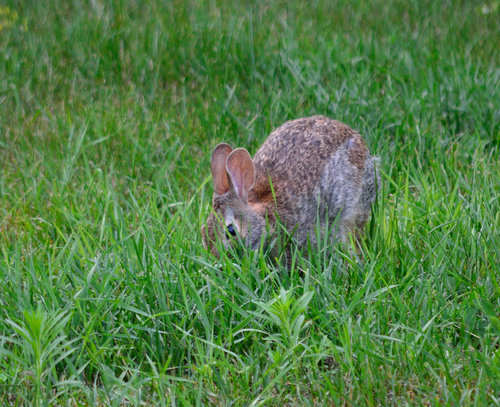
Vasodilation (enlarged blood vessels) for body cooling is quite visible in the rabbits ears.
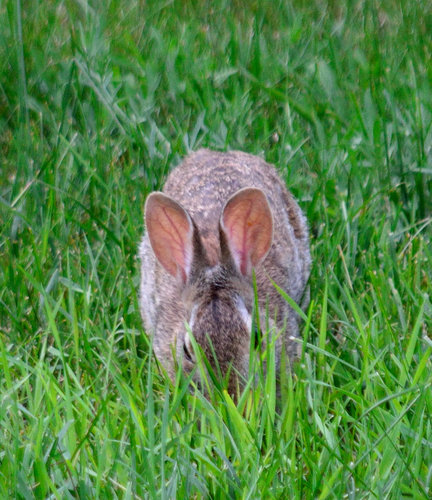

Vasodilation (enlarged blood vessels) for body cooling is quite visible in the rabbits ears.

I know this one as orange hawkweed (Hieracium aurantiacum) and certainly the same plant mentioned by Hunting Wife. As she said, it's not native to NA.Does anyone know what kind of flower these are? Botanist I am Not!
View attachment 144406
huronmtns
Well-known member
I know this one as orange hawkweed (Hieracium aurantiacum) and certainly the same plant mentioned by Hunting Wife. As she said, it's not native to NA.
It's amazing to see how much is out there now that I know it is not a native species.
MO Betta
Well-known member
@huronmtns despite the eastern bluebird being the state bird of Missouri, I hadn't seen many here until I walked some trails that had bluebird nesting boxes put in by MDC about every 100 yards. If you want to attract some I can send you a picture of the nesting boxes. Beautiful birds, love their singing.
huronmtns
Well-known member
If you would like, please post the nesting boxes pictures on this thread. There may be others interested on attracting and increasing their numbers too.@huronmtns despite the eastern bluebird being the state bird of Missouri, I hadn't seen many here until I walked some trails that had bluebird nesting boxes put in by MDC about every 100 yards. If you want to attract some I can send you a picture of the nesting boxes. Beautiful birds, love their singing.
MO Betta
Well-known member
If you would like, please post the nesting boxes pictures on this thread. There may be others interested on attracting and increasing their numbers too.
Best light for photos was the box closest to the beginning of the trail. Hand and wrist for scale, 9 1/2" from where my wrist is touching to the tip of my middle finger. The wire guard extends out about another inch, height to the top of the pole ranged from 4 1/2 to 5 1/2 feet for all of them. The hinged section is a pretty good idea for cleaning them out. Most had those predator baffles on the pole, and spaced at least 10 feet from tree branches and hardy brush.
Saw a few indigo buntings yesterday as well, they've done a good job attracting birds and other wildlife.
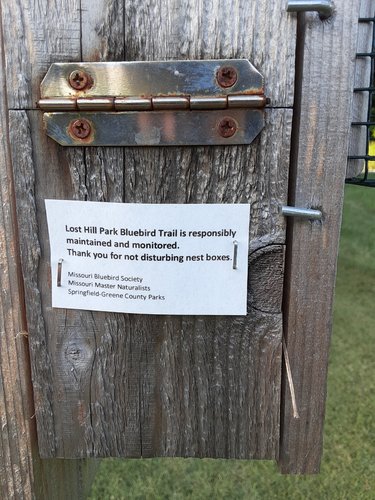
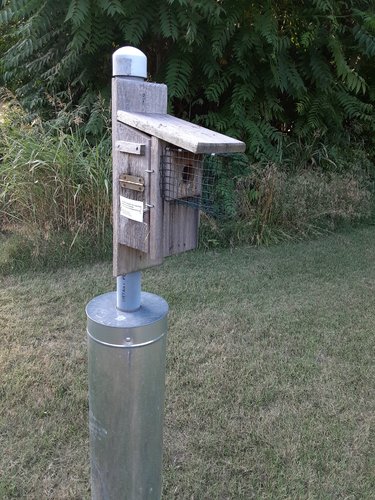
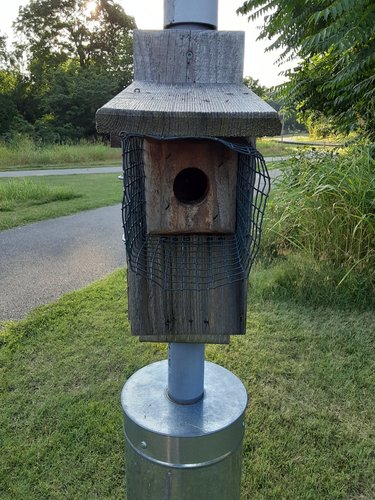
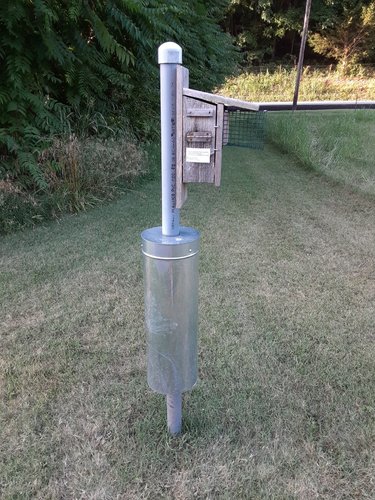

Attachments
huronmtns
Well-known member
Is there a preferred material to use inside the house to initiate nesting?
I know wood ducks liked wood shavings in their nesting boxes.
I know wood ducks liked wood shavings in their nesting boxes.
MO Betta
Well-known member
Not that I found from a quick glance at the Missouri Bluebird Society and Audubon websites, but the Audubon site did say for loose base material the females often lay down strips of bark, pine needles and dry grasses. The Audubon site gets pretty detailed about the birds themselves and their habits, and has plans for a Peterson box. https://www.audubon.org/news/how-build-bluebird-nest-box
Similar threads
- Replies
- 51
- Views
- 4K
- Replies
- 171
- Views
- 11K




